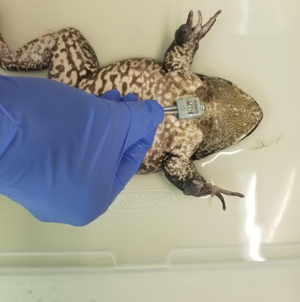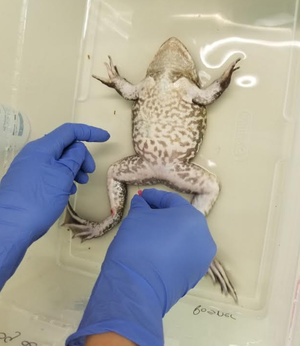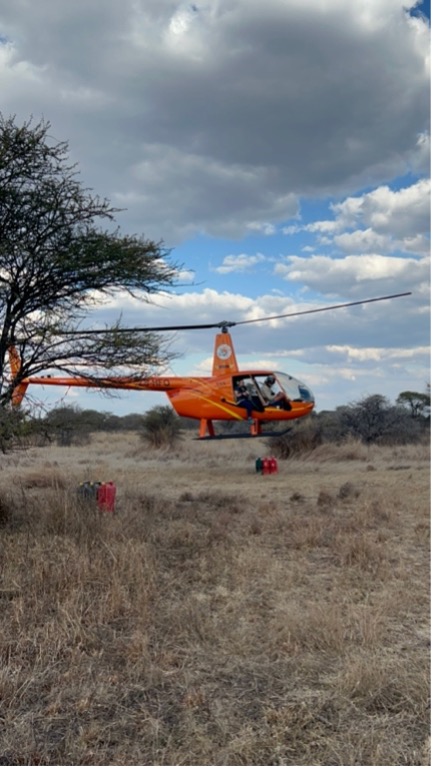Want to Learn More About Bullfrogs?
 Monday, February 3, 2020 at 01:00PM
Monday, February 3, 2020 at 01:00PM EFFECTS OF INTRAMUSCULAR ALFAXALONE AND DEXMEDETOMIDINE IN BULLFROGS (LITHOBATES CATESBEIANA)
Stephanie Thi1; veterinary student
Stefanie Golden1, Julie Balko1 , Kate Bailey1
1North Carolina State University- College of Veterinary Medicine
Amphibians are common in the field, zoos, museums, and research. It is necessary for them to undergo handling, restraint, and medical care that cause stress, impacting their welfare.
There is little information available regarding anesthetic drugs for amphibians. Previous studies show alfaxalone to be a fast acting and effective drug for immobilization in frogs, though subjects did not reach a sufficient level of anesthesia for surgery1. Dexmedetomidine has been shown to prevent nociception in frogs, though they maintained consciousness2. We hypothesized that alfaxalone in combination with dexmedetomidine would produce a safe and efficacious method of immobilization in bullfrogs.
Three trials were conducted with 10 bullfrogs, with one week washout period in between. Frogs were administered either intramuscular (IM) 12 mg/kg alfaxalone alone, 1 mg/kg IM dexmedetomidine alone, or alfaxalone and dexmedetomidine in combination. Any trial containing dexmedetomidine included 0.1 mg/kg atipamezole reversal IM at 2 hours of observation, and hourly after if clinical signs persisted. Respiratory rate, heart rate, sedation score, and response to insertion of a needle into a hind leg muscle were evaluated every 15 minutes from induction to recovery.
One frog did not recover from anesthesia (9/10 frogs survived). Alfaxalone alone caused immobilization in bullfrogs, but inconsistent responses to needle insertion. Dexmedetomidine IM alone did not produce noticeable effects. Dexmedetomidine combined with alfaxalone caused immobilization of longer duration with reduced response to needle insertion when compared to alfaxalone alone. Therefore, the combination of these two drugs might provide effective anesthesia.
Category: Anesthesiology/Clinical Medicine
Funding: Bailey Start Up Funds
References
- LP Posner, KM Bailey, EY Richardson, AA Motsinger-Reif, CA Harms 2013. Alfaxalone Anesthesia in Bullfrogs (Lithobates Catesbeiana) By Injection or Immersion. J. of Zoo and Wildlife Medicine 44(4): 965-971. NCSU Libraries.
- GM Brenner, AJ Klopp, LL Deason, and CW Stevens 1994. Analgesic potency of alpha adrenergic agents after systemic administration in amphibians. Journal of Pharmacology and Experimental Therapeutics 270(2):540-545. NCSU Libraries.
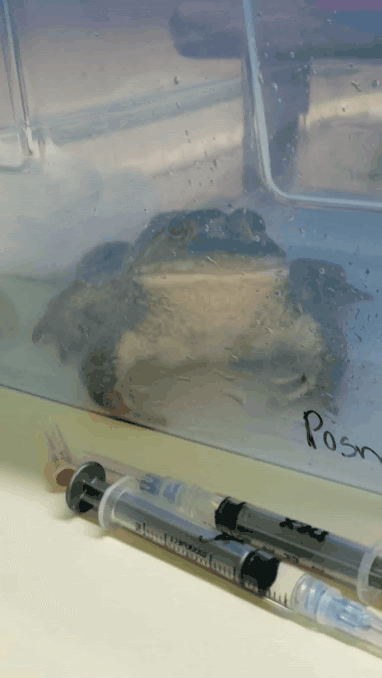
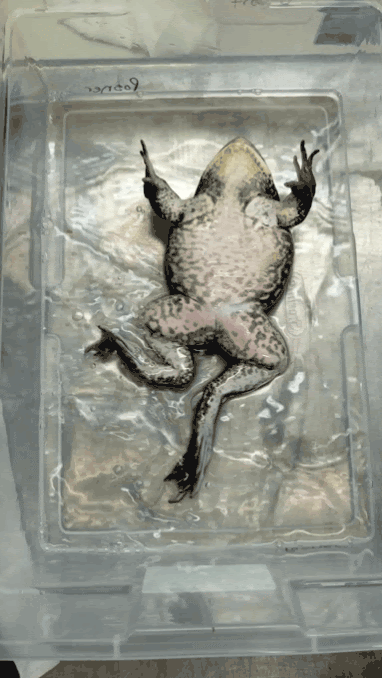 Bullfrog regaining righting reflex
Bullfrog regaining righting reflex Students in Research,
Students in Research,  research in
research in  Cases/Abstracts
Cases/Abstracts 
